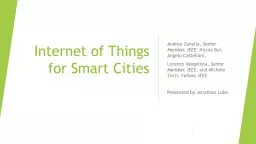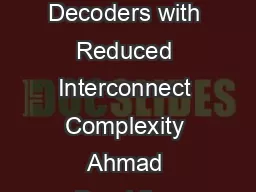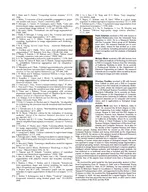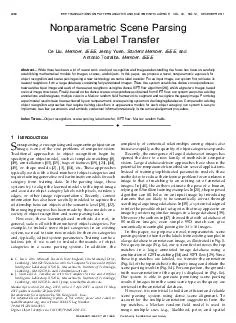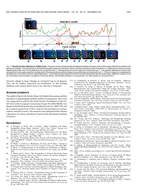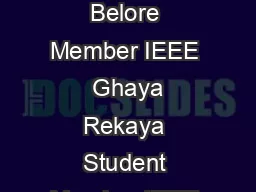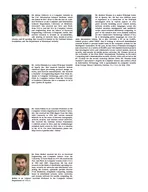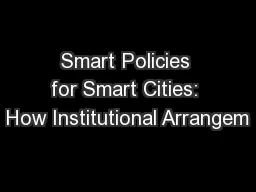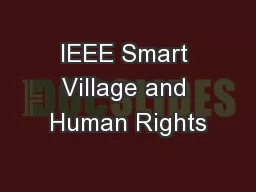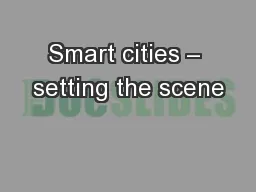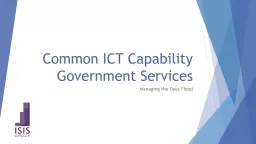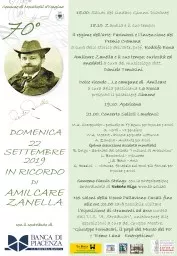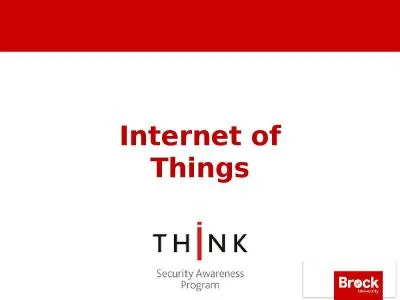PPT-Internet of Things for Smart Cities Andrea Zanella, Senior Member, IEEE
Author : cheryl-pisano | Published Date : 2019-11-05
Internet of Things for Smart Cities Andrea Zanella Senior Member IEEE Nicola Bui Angelo Castellani Lorenzo Vangelista Senior Member IEEE and Michele Zorzi Fellow
Presentation Embed Code
Download Presentation
Download Presentation The PPT/PDF document "Internet of Things for Smart Cities Andr..." is the property of its rightful owner. Permission is granted to download and print the materials on this website for personal, non-commercial use only, and to display it on your personal computer provided you do not modify the materials and that you retain all copyright notices contained in the materials. By downloading content from our website, you accept the terms of this agreement.
Internet of Things for Smart Cities Andrea Zanella, Senior Member, IEEE: Transcript
Download Rules Of Document
"Internet of Things for Smart Cities Andrea Zanella, Senior Member, IEEE"The content belongs to its owner. You may download and print it for personal use, without modification, and keep all copyright notices. By downloading, you agree to these terms.
Related Documents

